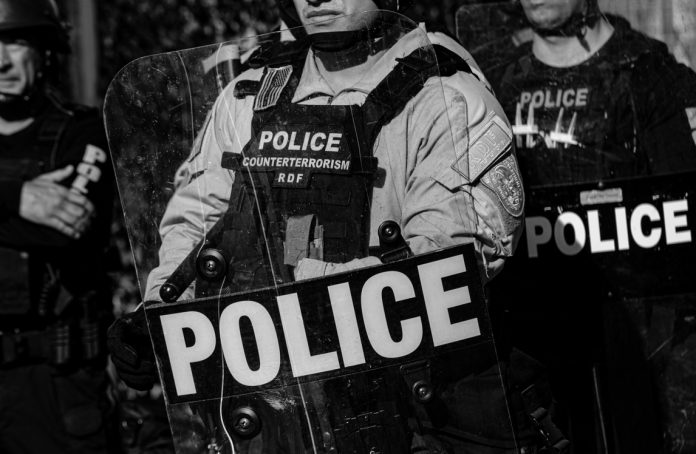The Lancet found that over 55% of deaths via police violence were either misclassified or unreported in official statistics reports – a critical erasure of information between 1980 to 2018
A new study, looking at US police between 1980 to 2018, found that over 55% of deaths from police violence went unreported in official statistics reports.
According to the system that collects all American death certificates, the US National Vital Statistics System (NVSS), more than 17,000 deaths caused by police violence were inaccurately classified or not reported.
Researchers describe this as “urgent public health crisis”
Lead author Fablina Sharara of the Institute for Health Metrics and Evaluation (IHME), University of Washington School of Medicine, said: “Recent high-profile police killings of Black people have drawn worldwide attention to this urgent public health crisis, but the magnitude of this problem can’t be fully understood without reliable data.
“Currently, the same government responsible for this violence is also responsible for reporting on it.”
Deaths due to police violence were significantly higher for men, with 30,600 deaths in men and 1,420 deaths in women from 1980 to 2019. The highest rate of deaths from police violence happened disproportionately to Black people in the US – who are estimated to be 3.5 times more likely to be murdered by police than white people.
One in eight police officers openly anti-Black
In a separate study, published April 2021, researchers found that one in eight police officers openly stand by anti-Black or pro-White beliefs.
The researchers on the bias study said: “Although a small number of police may be responsible for a disproportionate number of misconduct incidents, the mistreatment of Black people appears to be embedded within, and legitimated by, a collective, organizational culture characterized by anti-Black prejudice.”
It seems that an undercurrent of discrimination runs through the culture of policing in the US, which leads to purposeful erasure of deaths – as police forces close ranks and look to protect one another, before protecting the public.
What should be changed?
While the institutional issues of violence and racism are more profound issues than can be solved through a handful of recommendations, the team highlighted two areas of possible change.
Firstly, the authors of the study ask for open-source data, which would then allow policymakers to understand any disparities in police violence – by race, ethnicity, and gender. Data is the first step to creating a change, because there needs to be a visible pattern to change in the first place.
Secondly, medical examiners and coroners have a conflict of interest – they work within police departments, and may want to spare their department any kind of negative consequences by mislabelling the cause of death.











